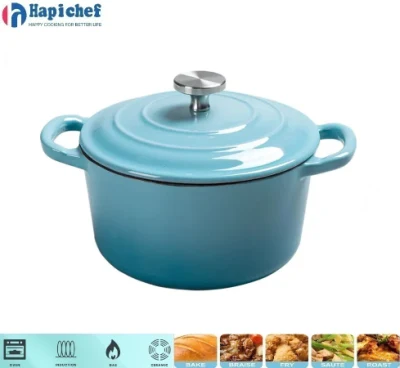Best Practices for Caring for Your Cast Iron Cookware
Treating a Cast Iron Pan A Comprehensive Guide
Cast iron pans are beloved by many for their durability, heat retention, and natural non-stick properties. However, to maintain a cast iron pan's performance and longevity, it's crucial to understand the proper ways to treat and care for it. Whether you are a seasoned chef or a beginner cook, learning to treat your cast iron pan will enhance your cooking experience and ensure that your pan lasts for generations.
The Importance of Seasoning
Seasoning is a crucial step in maintaining a cast iron pan. Seasoning refers to the process of applying a layer of fat or oil to the surface of the pan and heating it to create a natural non-stick layer. This layer helps prevent rust, protects the pan from acidic foods, and enhances the flavor of your meals.
1. Choosing the Right Oil When seasoning your cast iron pan, select an oil with a high smoke point. Common choices include flaxseed oil, grapeseed oil, or vegetable oil. Avoid using oils with low smoke points, like olive oil, as they can create a sticky residue.
2. Cleaning Before Seasoning Start with a clean pan. If your pan is new, wash it with warm, soapy water to remove any factory residue. For older pans with built-up seasoning or rust, a fine-grit sandpaper or a scouring pad can help remove the old layers. After cleaning, rinse and dry the pan thoroughly to prevent any rusting.
3. Applying the Oil Once your pan is clean and dry, apply a thin layer of oil to the interior and exterior surfaces. Use a paper towel or a cloth to spread the oil evenly. Be sure not to overly saturate the pan; too much oil can lead to a sticky surface.
4. Heating the Pan Preheat your oven to around 450°F (232°C). Place the pan upside down on the middle rack with a baking sheet on the lower rack to catch any drips. Let the pan bake for an hour; this process polymerizes the fat, creating a hard, protective layer.
5. Cooling Down After an hour, turn off the oven and let the pan cool inside. This gradual cooling helps to set the seasoning. Once cooled, your cast iron pan is ready for use!
treating a cast iron pan supplier

Regular Maintenance
To keep your cast iron pan in excellent condition, regular maintenance is necessary
1. Post-Cooking Cleaning After using your pan, let it cool slightly before cleaning. Avoid soaking it in water. Instead, use a brush or a non-metal scrubber to remove food particles. If needed, add a bit of coarse salt as an abrasive. For stubborn residues, a little water can help but avoid dish soap as it can strip the seasoning.
2. Drying the Pan After cleaning, dry your pan thoroughly to prevent rust. You can place it on low heat on the stovetop to evaporate any moisture.
3. Reapplying Oil After each clean, it’s a good idea to apply a very thin layer of cooking oil to the surface while it’s still warm. This helps maintain the seasoning and protects against moisture exposure.
Handling Rust and Issues
Occasionally, you might notice rust or a dull appearance on your cast iron pan. Do not despair! Rust can be removed by scrubbing with a metal scrubber and re-seasoning the pan afterward. If your pan is scratched or loses its non-stick surface, repeat the seasoning process mentioned earlier to restore it.
Conclusion
Caring for a cast iron pan is a simple yet rewarding process. By understanding the importance of seasoning, performing regular maintenance, and addressing any issues, you can ensure that your cast iron pan continues to be a reliable kitchen companion for years to come. Investing time in treating your cast iron cookware pays off with improved cooking performance and the satisfaction of using a timeless kitchen tool. So whether it’s for frying, baking, or sautéing, remember to give your cast iron pan the care it deserves. Happy cooking!
-
Why Every Kitchen Needs a Casserole Cast Iron DishNewsJun.24,2025
-
Experience the Tradition and Quality of Cast Iron CookwareNewsJun.24,2025
-
Double Sided Cast Iron Grill PanNewsJun.24,2025
-
Cast Iron Dutch Ovens You’ll Actually UseNewsJun.24,2025
-
Buy Cast Iron Griddle for Everyday CookingNewsJun.24,2025
-
Barbecue Iron Grill Cooking PowerNewsJun.24,2025
-
Standard Product Lines from Cast Iron Cookware SuppliersNewsJun.11,2025
